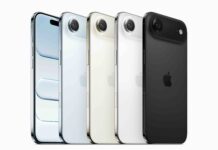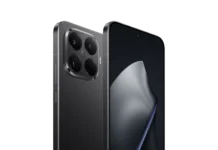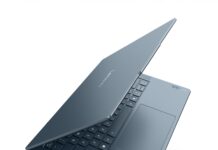2020 is the year of the super-zoom smartphones. Yes, even though Huawei and Oppo launched their massive 50x zoom smartphones in 2019, it took a while for the incumbents – particularly Samsung and Apple – to offer smartphones with extended telephoto lenses. It certainly took a while for the mobile market to crack this piece of the puzzle: back in 2016, ASUS developed a smartphone with a single-lens camera with internal zoom mechanism of up to 3x. Needless to say, it wasn’t a phenomenal success due to the limitations like average sensor, small aperture, slow performance.
Thanks to the development of A.I. in mobile computing processors, smartphone makers are able to develop algorithms to combine images from multiple sensors to create image quality that are good enough without sacrificing size. “Hybrid zoom” becomes the buzzword.
In this supertest, we compare the 3 most popular brands and their flagship smartphone models: Huawei P40 Pro 5G, Samsung Galaxy S20+ and iPhone 11 Pro.
Huawei P40 Pro 5G
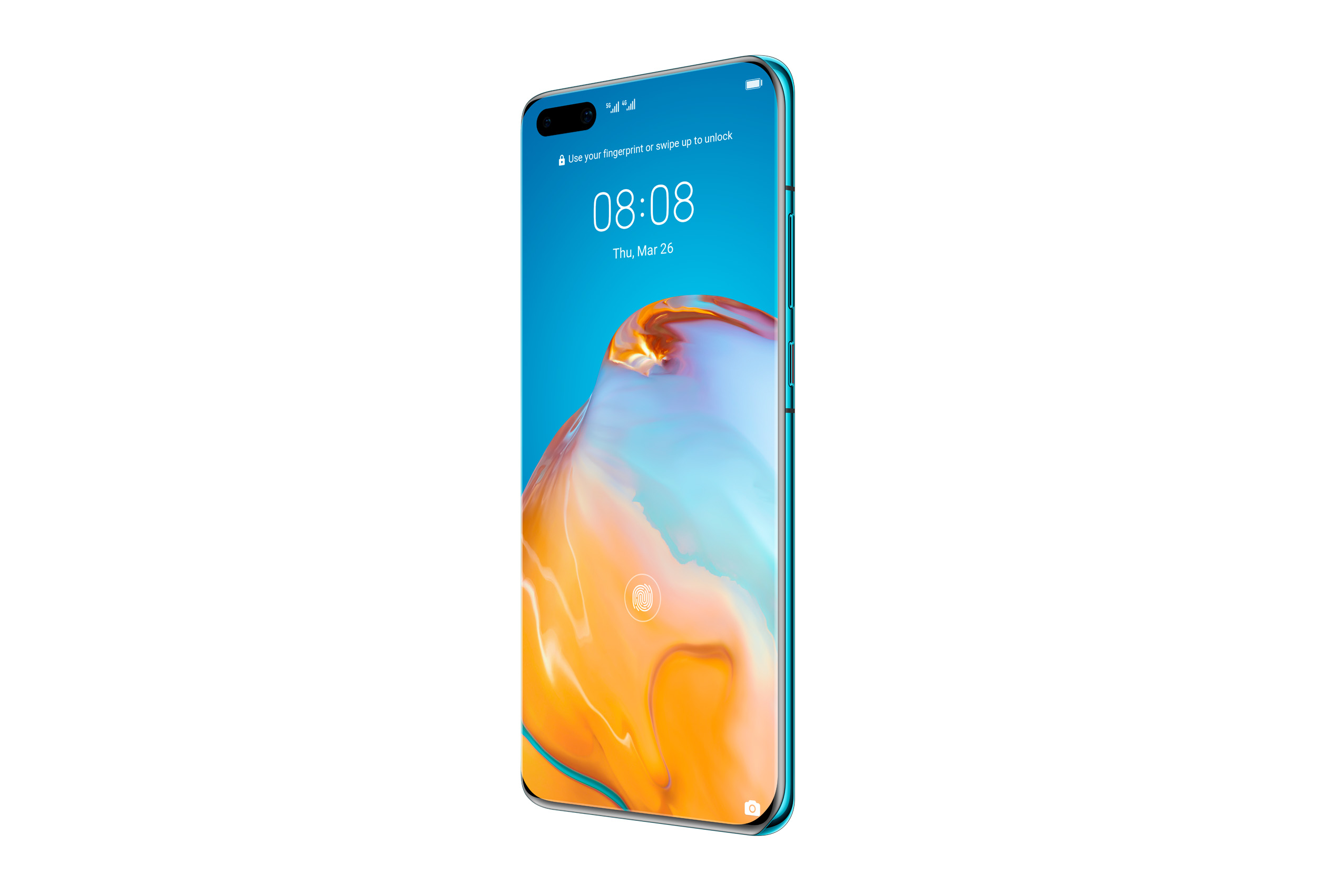
With every new P-series launch, Huawei introduces a new photography tagline. For the P40 series, it is “Visionary Photography”. Indeed, the P40 expands the versatility of Huawei’s flagship camera system with a few enhancements that seems to work really well. The most significant improvement would have to be the image sensor. The P40 Pro’s main 50MP Ultra Vision sensor, at 1/1.28 inch, is the largest among the models compared here. With the combination of large sensor, high pixel count and wide aperture, the P40 Pro delivers better details in all challenging lighting conditions, even in absolute darkness. The difference is obvious when comparing with P30 Pro which can also shoot up to 50x zoom. Compared to the Galaxy S20+, the P40 Pro captures more details at the extreme zoom end. Due to the RYYB sensor, images appear to have higher sensitivity to yellow tones when compared with the other 2 brands.
Since other brands have been doing the super-zoom catch up game, Huawei has been looking elsewhere to deliver some useful features. The new “Golden Snap” has the magical ability to remove passer-by and reflection. At its infancy, it works well in some conditions, while achieving lesser effect on others, but it’s only a matter of time that this feature will be improved. Still amazing is the ability to capture ultra-slow motion video at up to 7680fps.
From a hardware standpoint, the P40 Pro offers far more advanced specs, like the dual nano-SIM plus eSIM, effectively allowing two out of three network subscription models. It also supports the latest Wi-Fi 6 Plus protocol. It is also the only 5G-enabled smartphone at this price point. The battery life remains the best among the smartphones tested, as the Kirin chips have demonstrated their ability to optimise battery consumption. Design-wise, the front glass panel is intentionally curved on all sides to smoothen the finger experience when you swipe from the edges, but the display panel does not curve towards the edges.
Given the restriction on the use of Google Mobile Service on Huawei devices, Huawei expanded its Huawei AppGallery in leaps and bounds, becoming the third largest app store in the world. Still, a lot of the more popular social apps and financial apps remain elusive to the store. Fortunately, these apps can be found at several independent APK stores except for Google-made apps, and there are no lack of alternative apps to replace them. The final addition to Huawei’s self-reliance from Google is the launch of their own smart voice assistant, “Celia”. At the moment, Celia is available in selected regions: UK, France, Spain, Chile, Mexico, Columbia. It will take some time to see whether it will get adopted by Huawei owners.
S$1,448
Technical Specifications
Processor Kirin 990 5G
Display 6.58-inch OLED 90Hz (2640 x 1200) DCI-P3 colour gamut
Memory 8GB RAM, 256GB ROM
Rear Camera 40MP f/1.8 Cine Camera Ultra Wide, 50MP f/1.9 OIS Ultra Vision Camera Wide Angle, 12MP f/3.4 OIS SuperSensing Telephoto Camera, 3D Depth Sensing Camera
Front Camera 32MP f/2.2 AF + Depth Camera
Operating System EMUI 10.1 (based on Android 10)
Battery 4200mAh
Dimensions 158.2 x 72.6 x 8.95 mm (HxWxD)
Weight 209g
iPhone 11 Pro
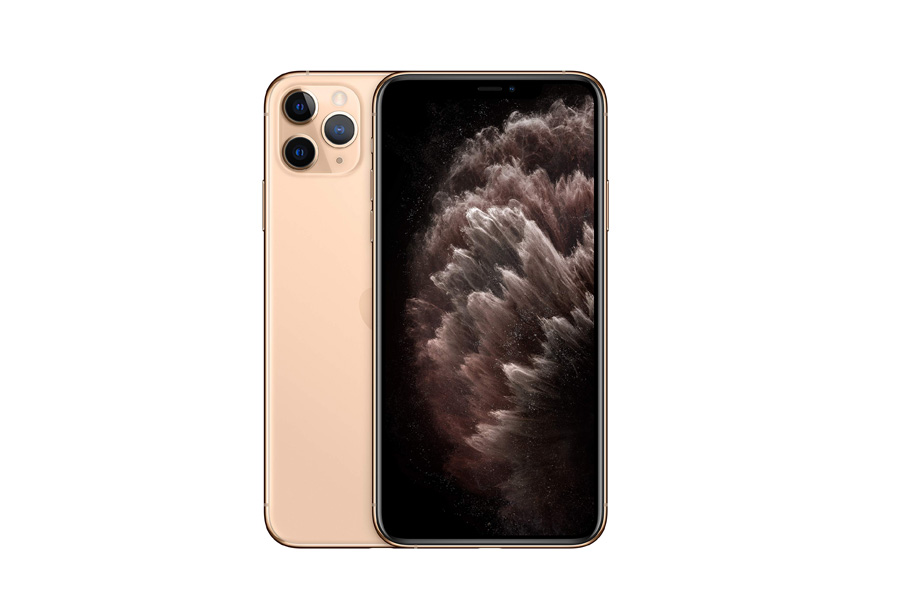
The iPhone 11 series is a catch-up with the rest of the smartphone makers to offer multiple rear cameras, and while it is a baby step, we have to give Apple some time when it comes to multiple-camera systems. At least they are not the last to implement ultra-wide angle cameras (we are looking at you, Google Pixel!). Among the smartphones compared here, the iPhone 11 offers the most cohesive system, as the zoom transitions from one camera to another smoothly in identical white balance, without obvious shifts in camera perspective. Another useful feature is that the camera app shows what is outside the image frame, which could help you in anticipating the moments before it enters into the frame to be captured. The even better part is that the preview outside the frame will automatically turn off if the frame is no longer coherent with the main scene. That is UX details.
What I appreciate on the iPhone 11 is that the images are less processed. Low light shots are less over-exposed at the highlight areas, with on-screen settings to adjust the exposure timing that best suits the scene. There is also no question at the performance of the new A13 Bionic chip, although the animations make the phone feel less snappy. Apple has firmly established the iPhone as a premier video recording tool that is even good enough for professional cinematographers. Admittedly, they don’t look as impressive at first look, and while it looks more real, I reckon smartphone users sometimes prefer to be wowed. The image quality on the iPhone remains to be appreciated by those who appreciate traditional photography.
For any existing iPhone owners, the new iPhone 11 Pro is an upgrade that is worth going for. The camera system makes mobile photography a lot more pleasurable, and the face unlock remains one of the fastest in the industry. But given the immense attractiveness of the competitors where the phones have far more capabilities, cooler designs, at a fraction of the price, it takes people with strong loyalty – and spending power – to remain in the iPhone upgrade path.
From $1,649
Technical Specifications
Processor A13 Bionic chip
Display 5.8-inch OLED (2436 x 1125)
Memory 8GB RAM, 64/256/512 GB ROM
Rear Camera 12MP f/2.4 Ultra Wide, 12MP f/1.8 Wide, 12MP f/2.0 Telephoto
Front Camera 12MP TrueDepth f/2.2
Operating System iOS 13
Connectivity Wi-Fi 802.11 ax Wi-Fi 6 with 2×2 MIMO, Bluetooth 5.0, NFC
Dimensions 144 x 71.4 x 8.1 mm (HxWxD)
Weight 188g
Samsung Galaxy S20+
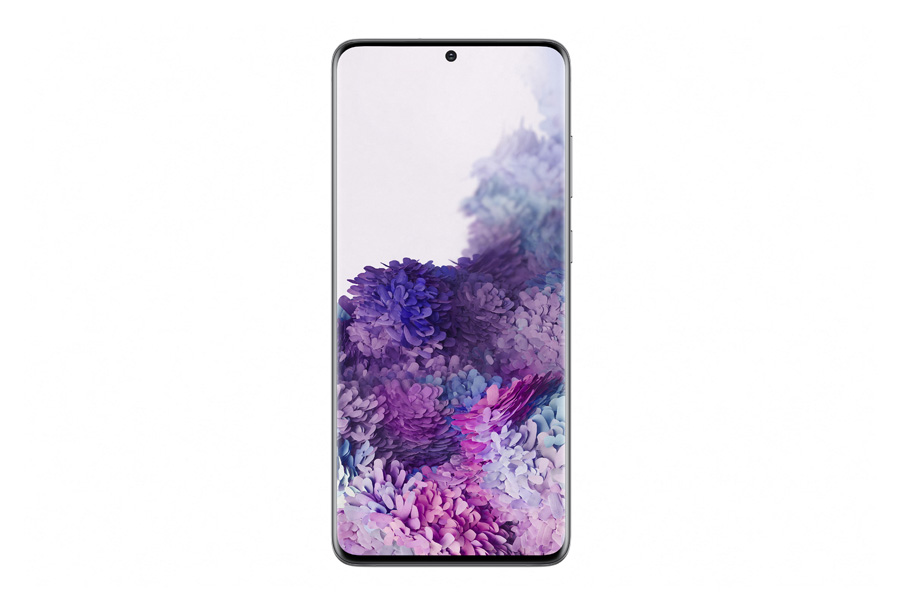
NXT previously reviewed the Galaxy S20 Ultra 5G in our April 2020 issue. The Galaxy S20+ runs on the same processor and UI, in a smaller frame. Besides the smaller battery, the camera specs are also different, with the telephoto sensor topping at 64MP and hybrid zoom up to 30x. Samsung knows it’s playing catch up with Huawei in the area of super-zoom, so they have thrown in a higher pixel count on the telephoto lens, which is generally unheard of. Even the Huawei P40 Pro only fits a 12MP sensor on the telephoto lens. Theoretically, this gives the S20+ a lot of pixels to generate detailed zoom images, but the post-processing turns out too heavy-handed resulting in rather blotchy images at maximum zoom level. Take the zoom level down, and the resultant images are generally usable. After all, the S20 series is the first time Samsung is attempting a super-zoom smartphone camera system. As for the overall camera performance, I felt the S20+ offers a more balanced exposure processing towards the warm tone for pleasant effects.
But the camera is not the only new feature Samsung introduces. The Galaxy S20 series throws in several features not found in the other two competitors, like the 8K video recording capability, the first on a smartphone. While it may be an overkill for most consumers, it is useful for users who wants to screen-grab a still frame from the video with lots of resolution detail. There is no doubt that the 8K resolution captures more details than the UHD (4K) or 1080p.
The Single Take shooting mode also makes use of the processor performance to process various shooting modes at one go. After every take, the S20+ will generate multiple effects like live focus, AI filter, crop, ultra-wide, Instagram “boomerang”, fast forward and reverse sequence, saving the hassle of re-processing the videos or photos manually.
The Galaxy S20 series has certainly delivered an overall improved package for the next-generation smartphone users demanding performance and versatility. There is almost nothing it cannot do, offering all the latest smartphone features from 120Hz display refresh to 30x zoom and even 8K video recording.
S$1,498
Technical Specifications
Processor Samsung Octa-core Exynos 990
Display 6.7-inch Infinity-O WQHD+ 120Hz Display
Memory 8GB RAM, 128GB Internal Storage
Rear Camera 12MP f/2.2 Ultra Wide, 12MP f/1.8 Wide, 64MP f/2.0 Telephoto, DepthVision TOF
Front Camera 10MP f/2.2
Operating System Android 10, One UI 2.1
Battery 4500mAh
Dimensions 73.7 x 161.9 x 7.8mm
Weight 186g
Test Winner: Huawei P40 Pro

The iPhone 11 series continue to remain as the underdog in our NXT group test, only to be deeply appreciated by existing iPhone owners. No doubt, the latest iPhone is the best the Apple has to offer, but certainly not the best value in the mobile industry. With so much development in the market, there is no shortage of ideas and features that Apple could introduce in the next iPhone release.
The Samsung Galaxy S20+ is radically different from the S10 series, which gives good reason for existing owners to upgrade. The inclusion of super telephoto zoom lens is a move to catch up with Huawei’s game-changing camera system, and is very usable up to about 20x. The overall design is also a major departure from all the earlier S-series, including the removal of the heart-rate sensor and edge display screens. Sadly, also removed is the 3.5mm headphone jack.
But neither smartphones could still confidently best Huawei P40 Pro, which still offers the best value for money against the long list of hardware and software capabilities. Its Leica co-branded camera system remains the most versatile among the group tested, shooting anything from wide angle to distant subjects, in the day or night, in 4K 60fps or in slow-motion 7680 fps, at impressive quality. Despite being the lowest priced smartphone compared, the P40 Pro still comes with 5G network chipset and supports two nano-SIMs and eSIM, clearly ahead of its time. Power management is outstanding, and SuperCharge speed is available up to 40W on wired and 27W on wireless. If you need the most advanced smartphone at a value-priced premium, the Huawei P40 Pro makes the cut!
| Phones | Huawei P40 Pro 5G | iPhone 11 Pro | Samsung Galaxy S20+ |
| Design | 4 | 3.5 | 4 |
| Performance | 4.5 | 4.5 | 4.5 |
| Display | 4.5 | 4.5 | 4.5 |
| Camera Features and Quality | 4.5 | 4 | 4 |
| Feature List | 4.5 | 3.5 | 4.5 |
| Price Value | 4 | 3 | 3.5 |
| Total | 26 | 23 | 25 |




